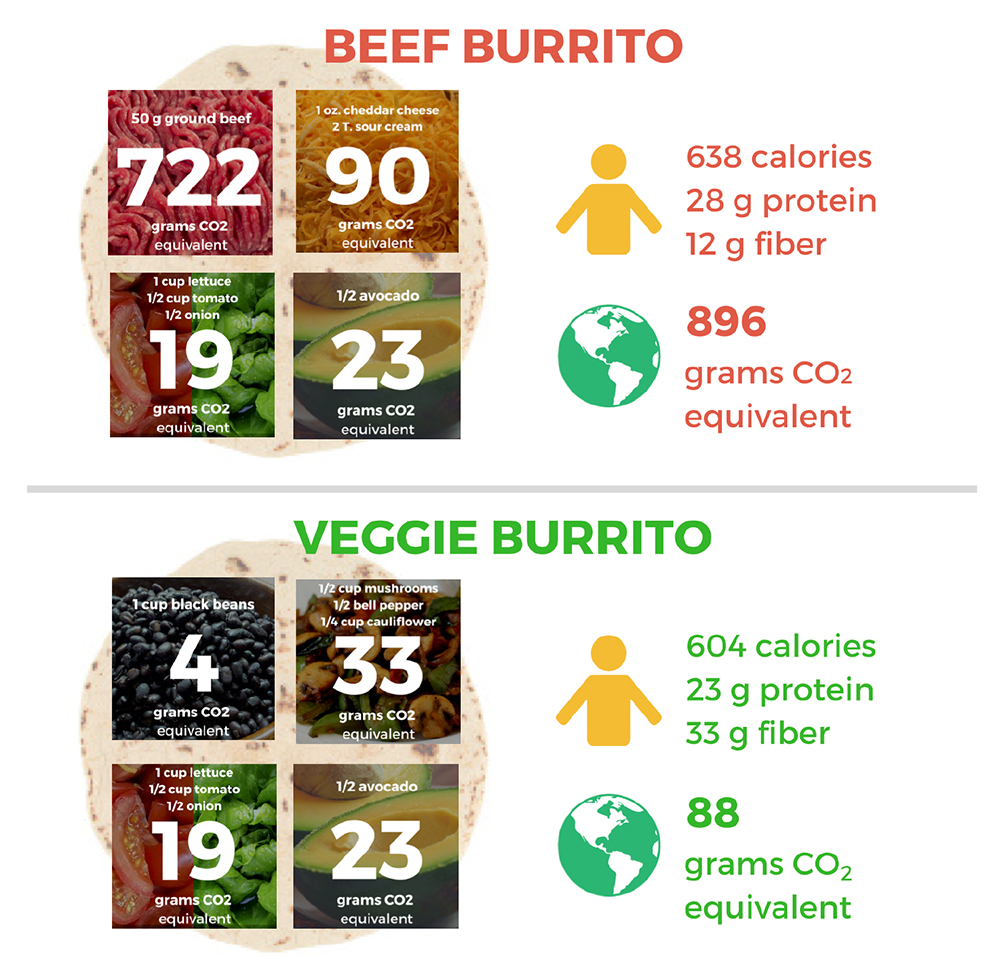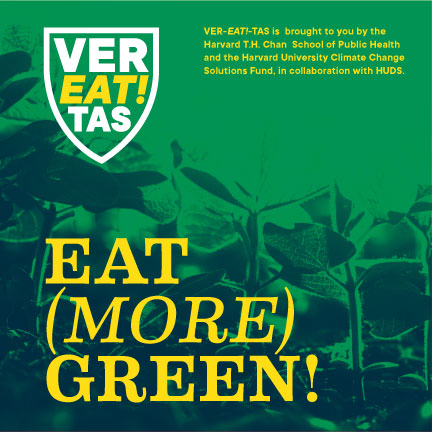VER-EAT!-TAS
In order to nourish nearly 10 billion people by 2050, we need to collectively consume more sustainable diets – patterns of eating that promote human health, food security, social justice, cultural diversity, and environmental and economic well-being for present and future generations.
A sustainable food system ensures a universal right to food, meaning that everyone has access to sufficient, affordable, culturally-appropriate, and nutritious food. Sustainable food, in turn, is food that is produced, processed, and consumed with consideration for the human and natural environment and the labor that produces it with respect for food-related cultural traditions and preferences. By choosing to consume sustainable foods we can all have a positive impact on biodiversity, humankind, the natural environment, and the economy.
VER-EAT!-TAS is here to help! While we often receive messages about how our food choices affect our health and taste buds, we rarely receive information about the environmental, social, and ethical implications of our choices. The goal of VER-EAT!-TAS is to provide greater transparency about the food choices we make on campus every day.
"The wonderful thing about food is you get three votes a day. Every one of them has the potential to change the world." - Michael Pollen
EAT (MORE) GREEN TO MINIMIZE YOUR ENVIRONMENTAL FOODPRINT!
One way we can eat more sustainably is to choose foods with lower environmental footprints. While everything we eat has an impact on the environment, some foods require more natural resources and produce more greenhouse gases than others.
In a spring 2018 survey, 85% of Harvard students reported feeling concerned about carbon emissions caused by food production.
In response, to help inform you about the environmental impact of different foods, researchers at HSPH have calculated the carbon, nitrogen, and water foodprint of a standard serving of each of HUDS’ menu items and assigned them to one of three categories: high, medium, or low impact.
The icons below will help you understand their environmental impact. Look for them on the menu tags in your dining hall:
![]()
You can learn more about the methodology behind the new labels HERE.
For a detailed list comparing different foods’ energy and carbon footprints, see Table S4 (pg. 14) from Heller et al. 2018.
BEEF VS. VEGGIE BURRITO: A FOODPRINT COMPARISON
Here’s an example of how eating (more) green can reduce your environmental foodprint (courtesy of the Healthy Campus Initiative):

To calculate your own foodprint, click HERE and click on the food (apple) icon.
For more on the science linking food choices and climate change, check out the following peer-reviewed journal articles:
- Reducing food’s environmental impacts through producers and consumers
- Greenhouse gas emissions and energy use associated with self-selected US diets
- Relation between healthiness of the diet and greenhouse gas emissions from food
- Environmental impacts of agricultural production systems, agricultural input efficiency, and food choice
- Eating away at climate change – substituting beans for beef to help meet US climate targets
- Meat consumption, health, and the environment
- Dietary greenhouse gas emissions of meat-eaters, fish-eaters, vegetarians, and vegans
- Importance of Food Demand for Climate Mitigation
- Evidence-based resources on sustainable food systems
For more on dietary sustainability and food system justice issues, check out these reports:
- Sustainable Diets: What You Need to Know in 12 Charts
- Food Empowerment Project: Because Your Food Choices Can Change the World
- FAO and Food Climate Research Network: Plates, Pyramids, Planet
- New Climate Economy Report: Food and Land Use
- Greenpeace: Less is More, Reducing Meat and Dairy for a Healthier Life and Planet
- World Resources Institute: Shifting Diets for a Sustainable Future
- Food Climate Research Network: What is a Healthy, Sustainable Diet?
- The Economics of Ecosystems and Biodiversity: Measuring What Matters in the Agriculture and Food System
- Global Climate Action Summit: Exponential Climate Action Roadmap
- AACU: Food Justice: Combating Racism in the Agricultural System
Organizations of Interest
- Environmental Working Group
- HEAL Food Alliance
- Fair Foods Standards Council
- Food and Water Watch
- Center for Science in the Public Interest
- Oxfam: Sustainable Food
- Fair Trade Foundation
VER-EAT!-TAS Book Picks
- Nourished Planet: Sustainability in the Global Food System
- Food Politics in the United States: An Introduction
- Food Politics: How the Food Industry Influences Nutrition and Health
- Introduction to the US Food System: Public Health, Environment, and Equity
- American Wasteland: How America Throws Away Half of its Food
- Food Politics: What Everyone Needs to Know
- The Oxford Handbook of Food Ethics
- How to Feed the World


